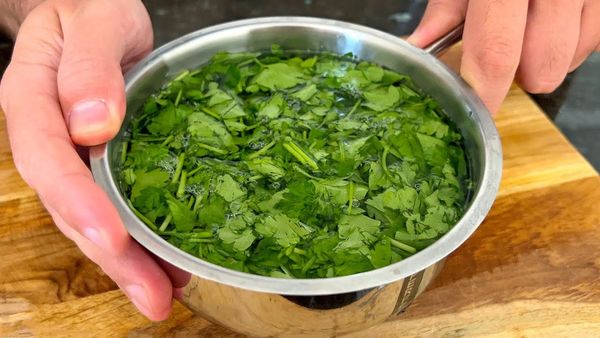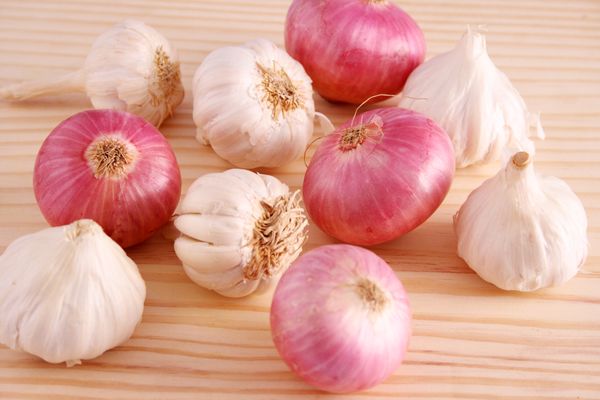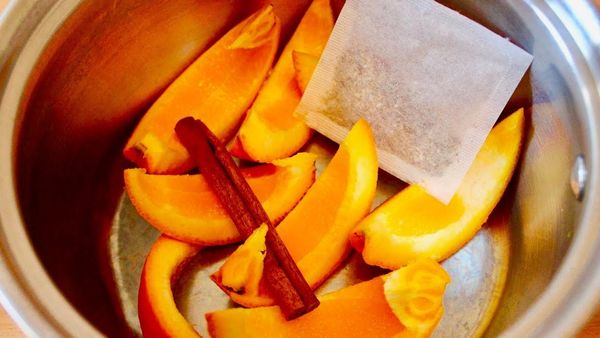Are you looking for a natural way to improve your health and well-being? Look no further than the “miracle tree” – Moringa oleifera. This incredible plant has been praised for centuries for its numerous health benefits. From boosting your energy levels to supporting brain health, moringa offers a wide range of advantages that can make a big difference in your life. Let’s dive into 20 compelling reasons why you should consider incorporating moringa into your daily health regimen.
Moringa leaves are packed with essential vitamins and minerals like vitamins A, C, and E, calcium, potassium, and protein. This means that by adding moringa to your diet, you’ll be giving your body a powerful nutritional boost that is hard to match with other foods.
If you often feel tired and drained, moringa can provide you with natural energy without the jitters that come from caffeine. Say goodbye to that afternoon slump!
Moringa is high in antioxidants, which help combat free radicals in your body. Free radicals are molecules that can cause oxidative stress, cell damage, and inflammation, leading to various health issues. By incorporating moringa into your routine, you can protect your cells and promote overall well-being.
Moringa is not only beneficial for your internal health but also for your external well-being. Its hydrating and detoxifying elements can boost the health of your skin and hair, helping to prevent breakouts and ensure a radiant complexion.
The antioxidants present in moringa play a crucial role in supporting brain health and cognitive function. By reducing oxidative stress, moringa can help protect your brain from age-related decline and keep your mind sharp.
If you’re struggling with managing your blood sugar levels, moringa can be a valuable addition to your diet. It has the ability to reduce glucose levels in the blood, which can aid in the management of diabetes.
Inflammation is at the root of many chronic diseases. Moringa leaves contain compounds called isothiocyanates, which have anti-inflammatory properties. By incorporating moringa into your routine, you can reduce inflammation in your body and potentially lower the risk of developing various health issues.
High cholesterol levels can lead to heart disease, a major health concern for many. Fortunately, moringa has been found to significantly lower cholesterol levels, making it a heart-healthy addition to your diet.
With its high antioxidant content, moringa can help maintain healthy heart function and protect your cardiovascular system. By incorporating moringa into your routine, you can give your heart the support it needs.
Moringa possesses blood-clotting properties that can help wounds heal quicker and reduce scarring. By using moringa topically, you can promote faster healing and ensure a smooth recovery.
Good digestive health is essential for overall well-being. Moringa is rich in calcium and fiber, making it great for supporting your digestive system and preventing constipation.
A strong immune system is crucial for warding off illnesses and staying healthy. Moringa is packed with vitamin C and other essential nutrients that can help fortify your immune system, keeping you protected year-round.
Moringa has been found to possess antimicrobial and antibacterial properties, making it effective in fighting infections caused by various pathogens. By incorporating moringa into your routine, you can strengthen your body’s defense against harmful bacteria and other microbes.
As we age, maintaining strong and healthy bones becomes increasingly important. Moringa is rich in calcium and phosphorus, two nutrients that are essential for bone health. By adding moringa to your diet, you can help strengthen your bones and potentially prevent conditions like osteoporosis.
Kidney stones can be incredibly painful and disruptive to your daily life. Moringa has been shown to help reduce the formation of stones in the kidney, bladder, and uterus, promoting better kidney health.
If you’re looking to shed some extra pounds, moringa can be a helpful ally. Moringa leaves have been found to reduce fat formation in the body and enhance fat breakdown, making it an excellent addition to a weight loss regimen.
Menopause can bring about various challenges, including hormonal imbalances. Moringa has the natural ability to balance hormones, making it beneficial for women going through this stage of life.
Your eyesight is essential for daily functioning. Moringa is high in antioxidant vitamin A, which plays a crucial role in maintaining good vision and overall eye health.
Moringa’s high iron content makes it effective in combating anemia and sickle cell disease. By incorporating moringa into your routine, you can ensure that your body has an adequate supply of iron to support healthy red blood cell production.
Research suggests that moringa extracts possess properties that can help prevent the growth of cancer cells. While more studies are needed, incorporating moringa into your diet may offer some cancer-fighting benefits.
Now that you know about the amazing benefits of moringa, you might be wondering how to incorporate it into your daily routine. Here are a few ideas:
- Powder: Add moringa powder to your smoothies, juices, or teas.
- Leaves: Use fresh or dried moringa leaves in your salads or as a cooked green.
- Seeds: Roast moringa seeds as a snack or add them to your dishes.
- Oil: Use moringa oil in your cooking or as a dressing.
Moringa is truly a “miracle tree” with an astounding array of health benefits. Whether you’re looking to boost your energy levels, improve your skin, or support your brain health, moringa can be a valuable addition to your lifestyle. Consider incorporating this superfood into your diet or skincare routine to experience its remarkable benefits. Don’t miss out on the power of moringa!









